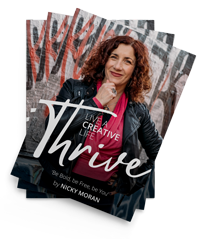Why is it that some artists gain attention and become well known while others don’t? And I don’t just mean visual artists – I mean creatives who have work to share, from musicians and writers to comedians.
I recently came across an article on Artsnet, a global arts website, about the 10 up-and-coming street artists we should all be looking out for.
I wondered how and why the journalist who wrote the piece – Naomi Rea – had selected these specific 10, out of the thousands of street artists around the world.
It struck me that it was because the artists she selected were easy for her to describe. They either had a distinctive style or a story to tell. In other words, these artists made her job easier.
Underneath each artist was the phrase: “Best known for…” Each had a clear signature style that she could describe in a few words. Many had a narrative, an unusual back story that made the article interesting
Here are a few:
S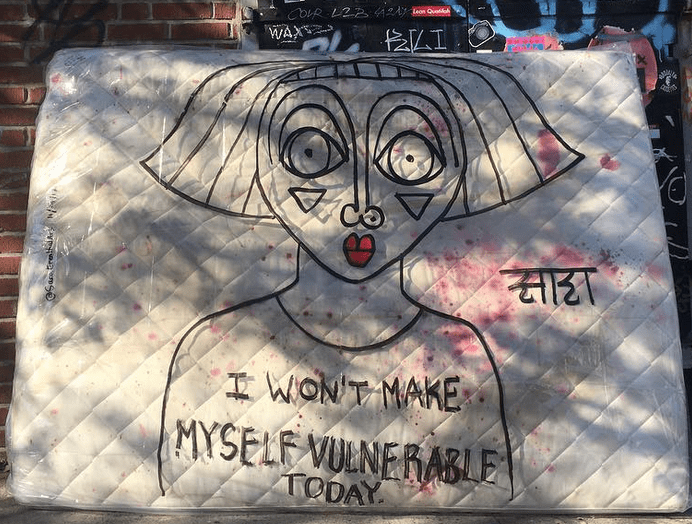 ara Erenthal – Brooklyn
ara Erenthal – Brooklyn
Best known for: Her signature red-lipped self-portraits. She daubs her distinctive self-portraits – all bold lines and bold lips.
C B Hoyo – Europe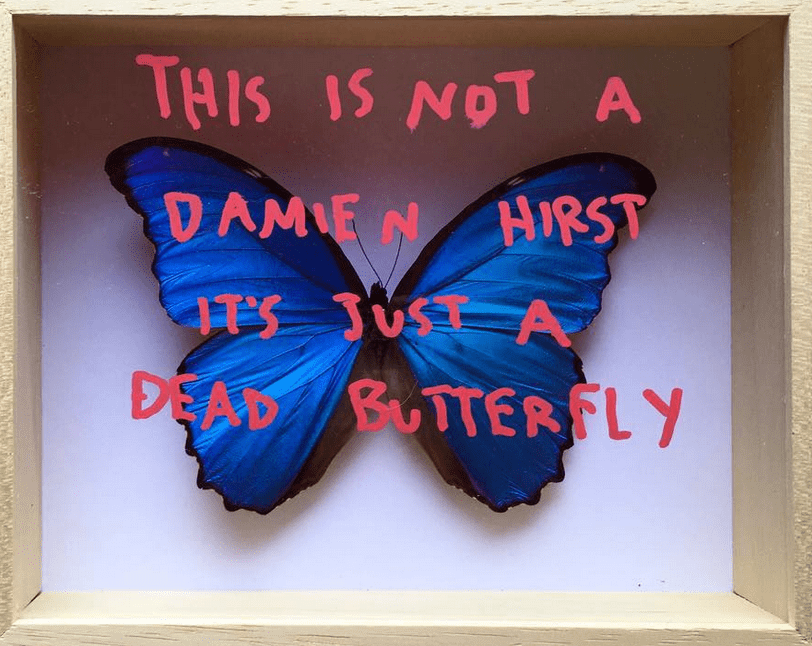
Best known for: His tongue-in-cheek “Fake it till you make it” series. Hoyo is a self-taught artist from Havana, Cuba. Hoyos’s style is directly influenced by street art, although unlike the other artists on this list, he doesn’t identify specifically as a street artist His “Fake it till you make it” series is the perfect send-up of the art world, without being too pretentious. One painting of Marilyn Monroe, for example, is accompanied by the text, “This Warhol is just like the original… Don’t know why people laugh at it.”
Ben Slo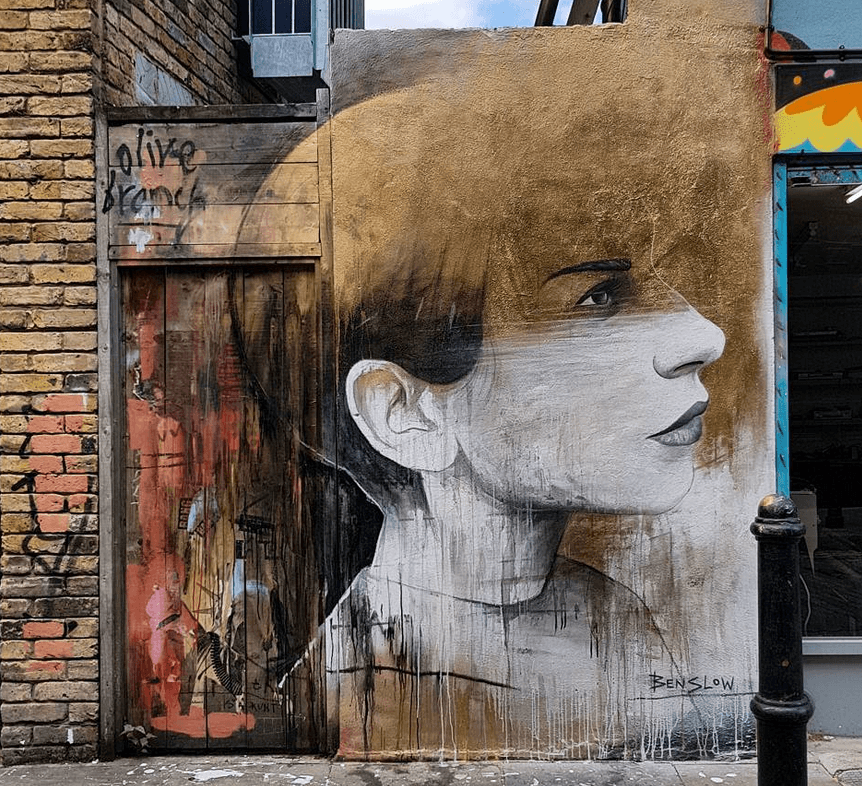 w – Brick Lane, London
w – Brick Lane, London
Best known for: Murals featuring black-and-white portraits.
While many artists start out working in the streets and only later transition into the gallery space, Slow took the opposite trajectory. He has a fine art background and began creating street art after he became disillusioned with the art world. His work is inspired by the local residents of wherever he is working.
Dee Dee Was Here 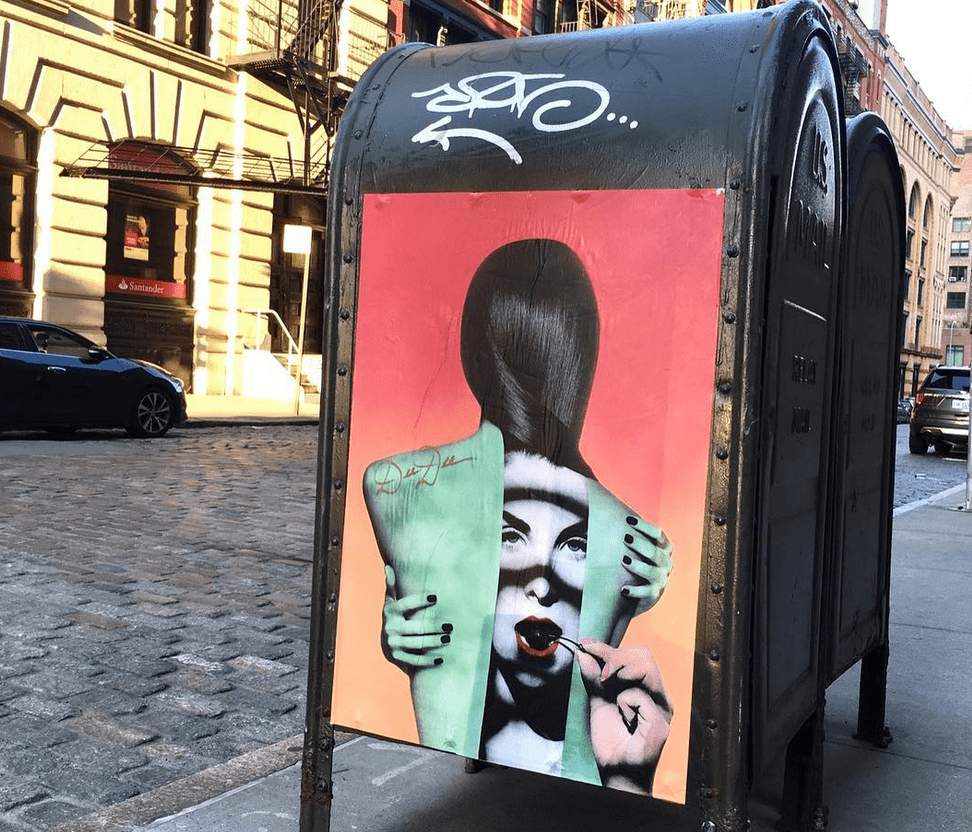 – Brooklyn
– Brooklyn
Best known for: Bright collages featuring female subjects.
Following Banksy’s lead, Deedee has – so far – remained anonymous. The artist produces collages that combine her own painting with poster advertisements found on the streets. The work transforms mundane advertisements into bizarre but glamorous mash-ups.
So where do many creatives go wrong?
It seems obvious that artists who get attention do so because they have a clear message or a story. They stand out because they are easy to describe – but is this being too reductive? When I thought about it, I realised there is a common barrier that many of us face.
I often hear creatives saying: “I don’t want to be labelled.”
Many creatives feel that if they narrow down their options to one style or type of work to make it easier to promote themselves, they will also reduce their freedom to experiment.
I know that I’ve suffered with the ‘options open syndrome’ – terrified by the idea that my life will be limited If I only become known for one thing. As creatives, we love to learn and find new styles and ways of working. We don’t want to be trapped by the idea of being labelled – even though the media likes to find simple ways to describe our work.
The downside of this perspective is that we tend to end up working on several different projects and struggle to market ourselves or appeal to the press because there is no clear narrative around what we do. (Notice the ‘we’ here! I feel your pain…)
However, I also believe that our artistic sensibilities can be our own worst enemy.
Let’s get rid of the word ‘label’, shall we?
I actually think the word ‘label’ is unhelpful.
Using the word ‘label’ suggests that you are limiting your options.
Instead, try seeing it as developing an individual style and point of view. When you take time to narrow down what your work is really about and what you want to say, then it becomes liberating.
Going back to the chosen 10, each of these artists has cultivated a distinctive style and a point of view that makes their work unique and recognisable. They are standing for what they believe in. This demonstrates confidence and the sense that the artist is grounded.
If you want to build a following, get the attention of journalists and gain recognition, you need to make it easy for others to describe your work in one sentence.
So, rather than ‘having a label’ – what would you love to be best known for?
Do leave a comment below!
If you want to be a better storyteller and get clear on describing what you do (and why you do it), our next Storytelling for Self-Promotion online programme will be launching in March. Watch this space for more details.

